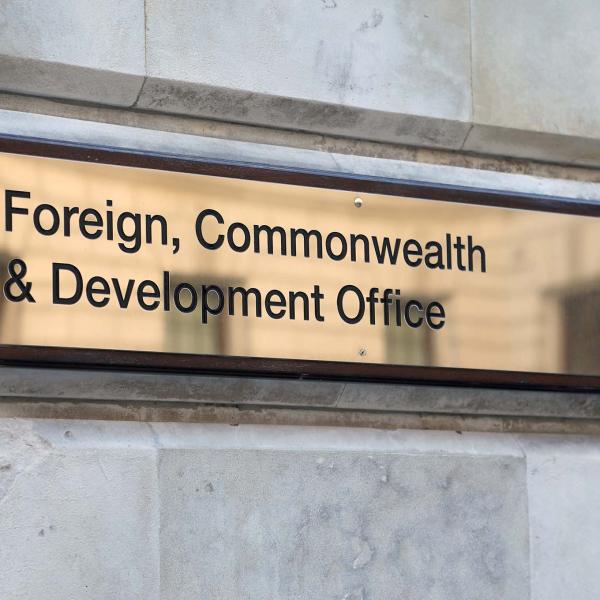In the Spending Review last November, the government announced that 2021 overseas aid expenditure would be 0.5% of national income – a 29% reduction on the legislated 0.7% target which was met each year from 2013 to 2020. Although as a share of national income UK aid spending will remain high by international and historical standards, this is a substantial reduction on 2020 of an estimated £3.5 billion, and comes on top of a £0.7 billion reduction between 2019 and 2020 as the UK economy contracted.
In this briefing note, we review what this shift in policy means for overall aid spending, effective management of the aid budget, and the broader public finances. The government has stated that it is a temporary shift in policy; we consider how the fiscal outlook and other government spending decisions interact with the aid budget, and discuss the implications of uncertainty over the aid budget going forward.
Key findings
- The government’s reduction in overseas aid funding from 0.7% to 0.5% of national income for 2021 means a steep one-year fall, with spending estimated to decrease by £3.5 billion this year. Despite this, UK aid spending will remain relatively high by historical and international standards as a share of national income.
- Existing commitments in the aid budget mean that cuts will not be distributed evenly, and some spending areas will be cut by more than others. The speed of cuts combined with the constraints on where they can practically be made risks decision-making reflecting criteria other than programme impact or effectiveness.
- Though the government has stated that this is a temporary change owing to the fiscal situation, a temporary reduction in the aid budget does little to alter the long-term fiscal outlook. Large and abrupt changes in the aid budget will, however, bring challenges for managing aid expenditure and ensuring effectiveness.
- The decision on returning aid spending to 0.7% highlights the tight settlements faced by unprotected departments from 2022–23 given existing commitments and provisional spending plans. Plans pencilled in to the 2021 Budget imply that with aid spending at 0.5% of national income, and without tax increases, unprotected departments could face a 3.1% real-terms cut in day-to-day spending from 2021–22 to 2022–23. If aid spending returns to 0.7% of national income, this figure rises to 5.4%.
- Further clarity is needed on how the government will assess when the UK returns to the legally binding 0.7% target. Beyond the implications for the public finances, this is important for effective aid spending, which often requires long planning horizons, a pipeline of potential projects and the flexibility of multi-year budgets.











